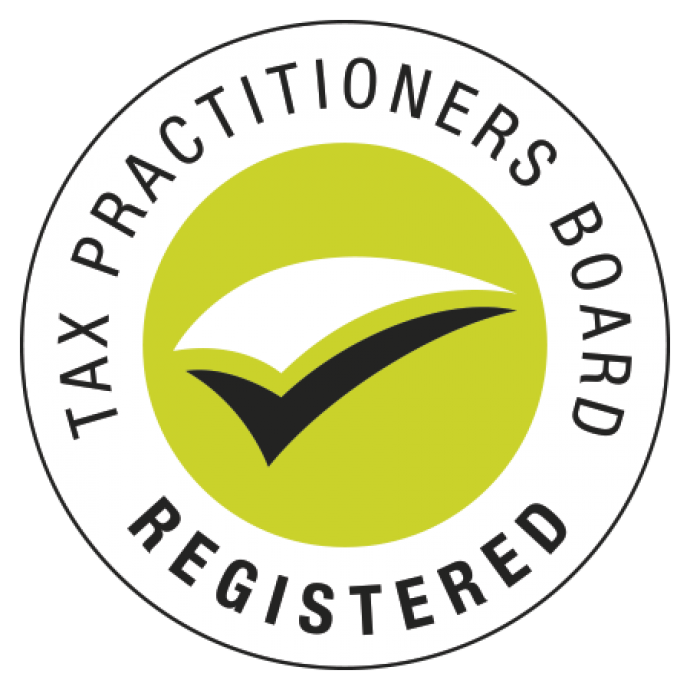
SMSF annual return (accumulation phase)
* SMSF Annual Statement
* Profit & Loss Statement
* Member Statements
* Investment Reports
* Trustee Resolutions & Minutes
* Profit & Loss Statement
* Member Statements
* Investment Reports
* Trustee Resolutions & Minutes
$550 ( inc GST)
* SMSF Indipendent audit
$330 ( inc GST)
SMSF Investings
10 July 2020 update
You need to manage your fund’s investments in the best interests of fund members and in accordance with the law. And you need to separate your fund's investments from the personal and business affairs of fund members, including your own.
Find out about:
> Your investment strategy
> Sole purpose test
> Ownership and protection of assets
> Restrictions on investments
> Carrying on a business in an SMSF
> Tax on income
Find out about:
> Your investment strategy
> Sole purpose test
> Ownership and protection of assets
> Restrictions on investments
> Carrying on a business in an SMSF
> Tax on income







